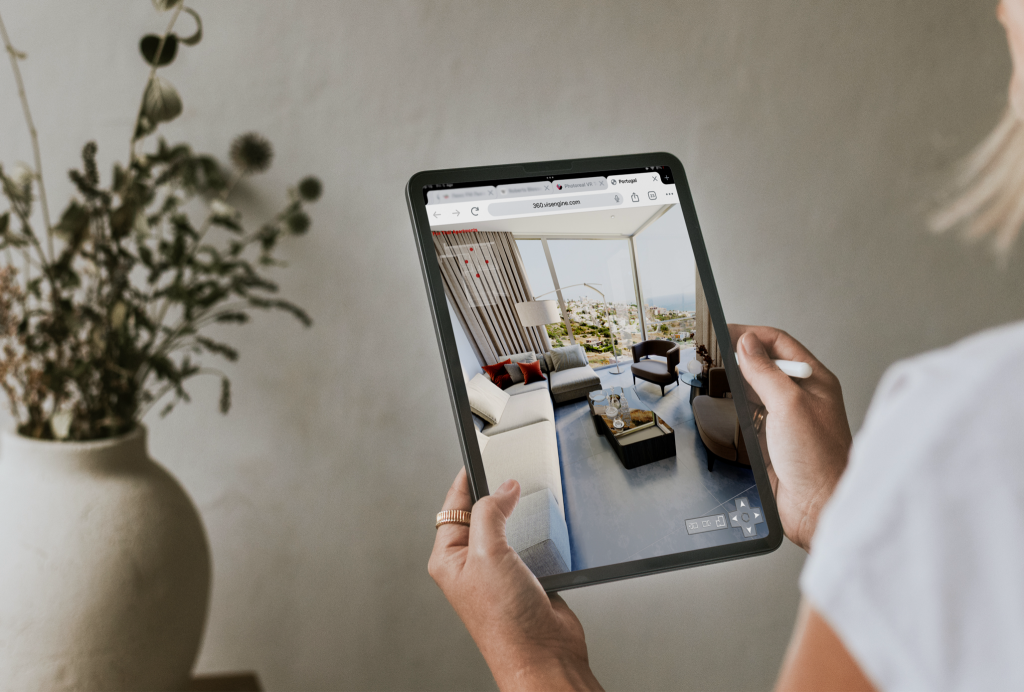The real estate industry is undergoing a radical transformation. As technology continues to reshape how we communicate, shop, and even date, it’s no surprise that it’s also changing how we buy and sell property. Gone are the days of relying solely on newspaper listings, printed brochures, or time-consuming in-person viewings. Today, a growing number of buyers are exploring homes and investment properties from the comfort of their couches.
At the heart of this shift is the rise of virtual property tours, an immersive, interactive way to explore real estate listings remotely. But these tours are just one part of a larger virtual revolution. Let’s take a look at what’s driving this change, how it benefits both buyers and sellers, and why it’s likely here to stay.
The Rise of Virtual Real Estate Experiences
As more consumers turn to online platforms to browse and compare homes, the demand for engaging, high-quality digital experiences has surged. Static photos and 2D floor plans no longer cut it for tech-savvy buyers who want a deeper understanding of a property before committing time to visit it.
Enter virtual property experiences—3D walkthroughs, 360-degree views, drone flythroughs, and even interactive platforms that let users toggle between different design styles or visualize renovation potential. These tools are not just flashy add-ons; they’re becoming a standard expectation in the property buying process.
The COVID-19 pandemic accelerated this trend significantly. Lockdowns and travel restrictions forced agencies and developers to adopt digital-first strategies, and many found they preferred it. Even now, when physical viewings are possible again, the convenience and efficiency of virtual options continue to attract clients across all demographics.

What Virtual Tools Offer Buyers
1. More Access, Less Effort
Virtual technology opens up access to a much broader range of listings. Prospective buyers can view properties in different cities or even countries, without setting foot outside. This is especially valuable for international investors, expats, or those relocating for work.
Buyers can take their time exploring different layouts, rooms, and design details, all without the pressure of a real estate agent hovering nearby. This autonomy leads to better-informed decisions and less time wasted on homes that aren’t a good fit.
2. Better Visualization
While traditional photos offer only a limited perspective, virtual tours allow buyers to “walk” through a home. They can get a sense of flow, space, and dimension that’s nearly impossible to achieve with pictures alone. Some platforms even let users measure dimensions, rearrange furniture, or view different lighting conditions based on the time of day.
3. Reduced Pressure and More Privacy
For first-time buyers or those who prefer to move at their own pace, virtual tools reduce the stress often associated with home shopping. There’s no need to schedule appointments, clean up for open houses, or face the social pressure of being watched while you look around.
Benefits for Sellers and Agents
1. Broader Reach and Better Marketing
For sellers, virtual tools massively expand the potential pool of buyers. A listing that includes a virtual tour or 3D walkthrough is far more likely to be viewed and shared. Real estate agents also benefit, as they can showcase multiple properties in a fraction of the time.
In competitive markets, these tools provide an edge. They allow listings to stand out while reducing the need for multiple physical showings, saving time and resources.
2. Pre-Qualified Leads
Buyers who request an in-person viewing after exploring a virtual tour are generally more serious and informed. This means fewer wasted appointments and a smoother sales process.
3. Flexibility and Convenience
Virtual tools work 24/7. Sellers no longer need to vacate their homes for every viewing, and agents don’t need to constantly coordinate schedules. Prospective buyers can view properties at any hour, from anywhere in the world.
Real-World Applications: Who’s Already Using Virtual Real Estate Tools?
Virtual real estate tools are no longer reserved for luxury listings or tech-forward developers. They are being widely adopted across all segments of the market:
- Residential developers use 3D flythroughs and interactive platforms to sell properties before they’re even built.
- Commercial real estate agents use virtual tours to help businesses find new office spaces without disrupting operations.
- Vacation property owners use 360° walkthroughs to help tourists choose rentals, reducing disputes and setting accurate expectations.
- Property managers and landlords use virtual tools for pre-rental inspections and remote maintenance walkthroughs.
What to Expect in the Next 5 Years
As technologies like augmented reality (AR), virtual reality (VR), and AI become more accessible, we can expect real estate platforms to grow even more immersive. Imagine:
- Using a VR headset to walk through multiple properties in one afternoon.
- Customizing paint colors, furniture layouts, or flooring finishes in real-time.
- Getting AI-generated suggestions for renovation or staging improvements based on your preferences.
In addition, the integration of virtual tools with legal and financial platforms may soon allow entire transactions from viewing to signing contracts to happen digitally, without ever stepping into a real estate office.
Are There Any Downsides?
As with any technology, virtual tools aren’t perfect. They depend on high-quality photography, accurate rendering, and intuitive interfaces. A poorly executed virtual tour can confuse buyers or even misrepresent a property.
Additionally, while these tools enhance the initial stages of the buying process, most buyers still want to see a property in person before finalizing a purchase. Virtual tools are best viewed as a complement, not a replacement, for physical viewings.
Final Thoughts: A Better Way to Buy and Sell
The shift toward virtual real estate tools is more than just a trend. It represents a fundamental change in how buyers and sellers connect, communicate, and make decisions. By embracing these innovations, the real estate industry is becoming more transparent, accessible, and efficient for everyone involved.
Whether you’re a homeowner looking to sell, an investor seeking properties abroad, or a first-time buyer exploring your options, the digital real estate experience makes the journey smoother, smarter, and more empowering.
To explore more about the possibilities of virtual real estate technology, check out VisEngine — a leader in innovative 3D and interactive solutions for the property market.





